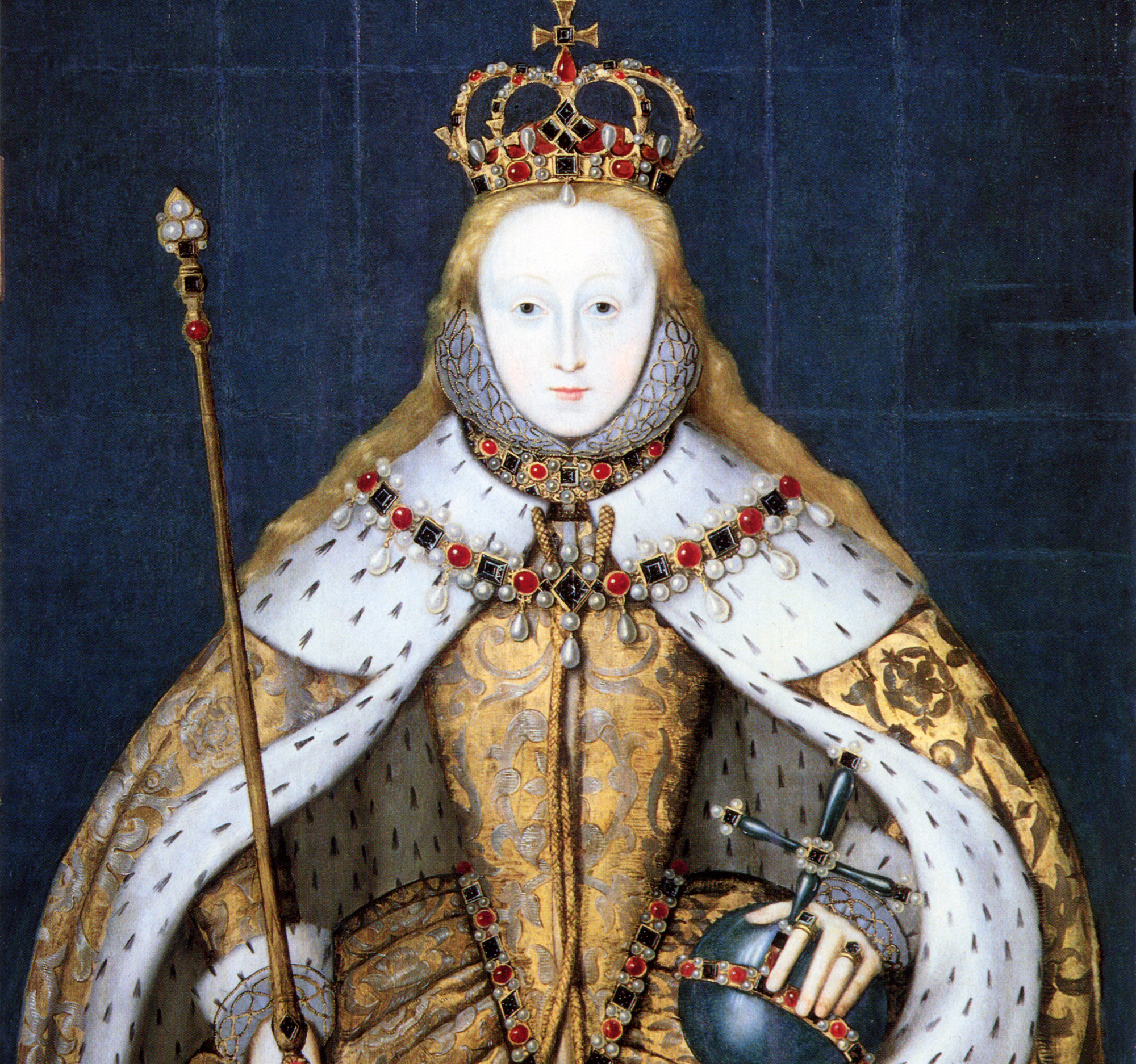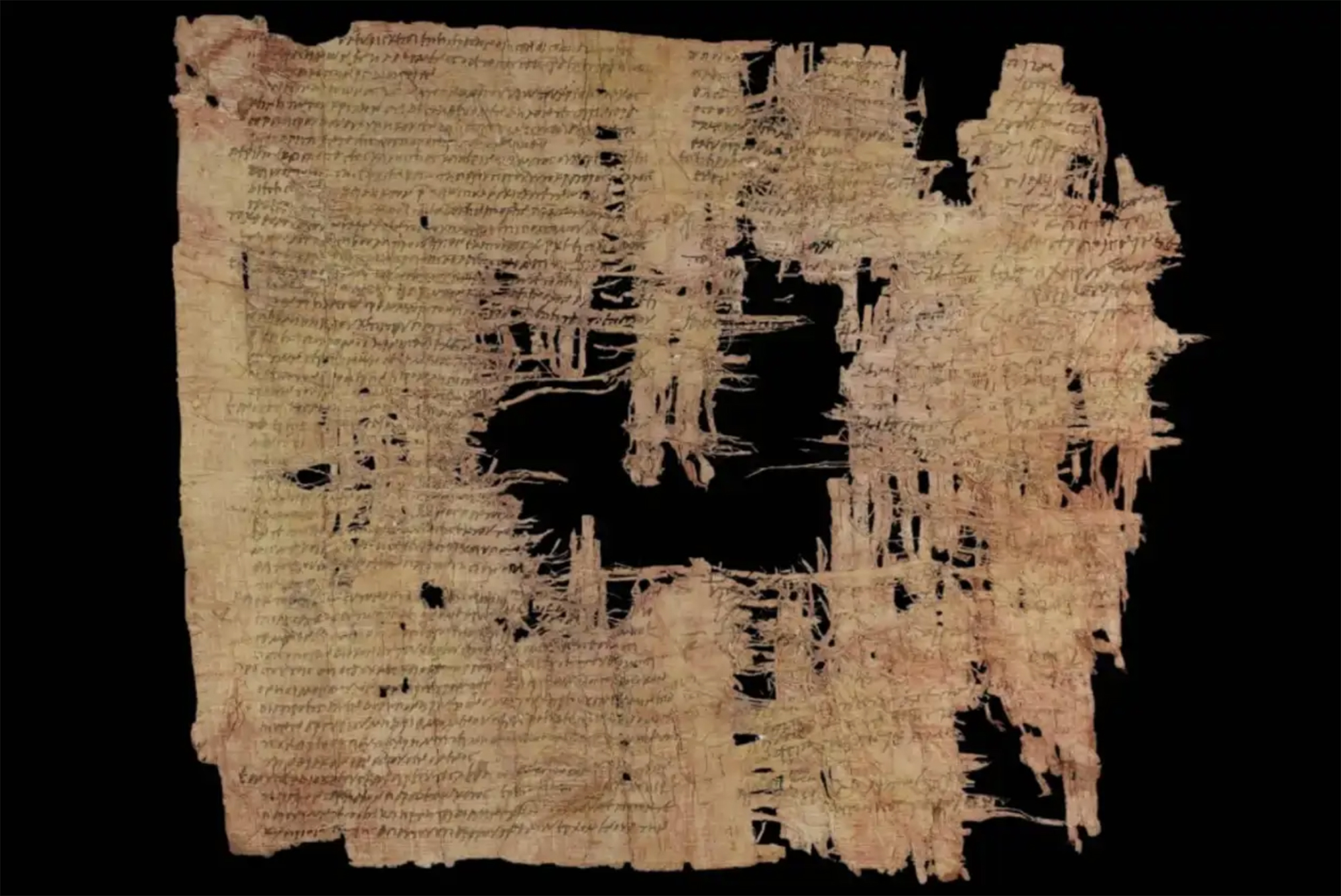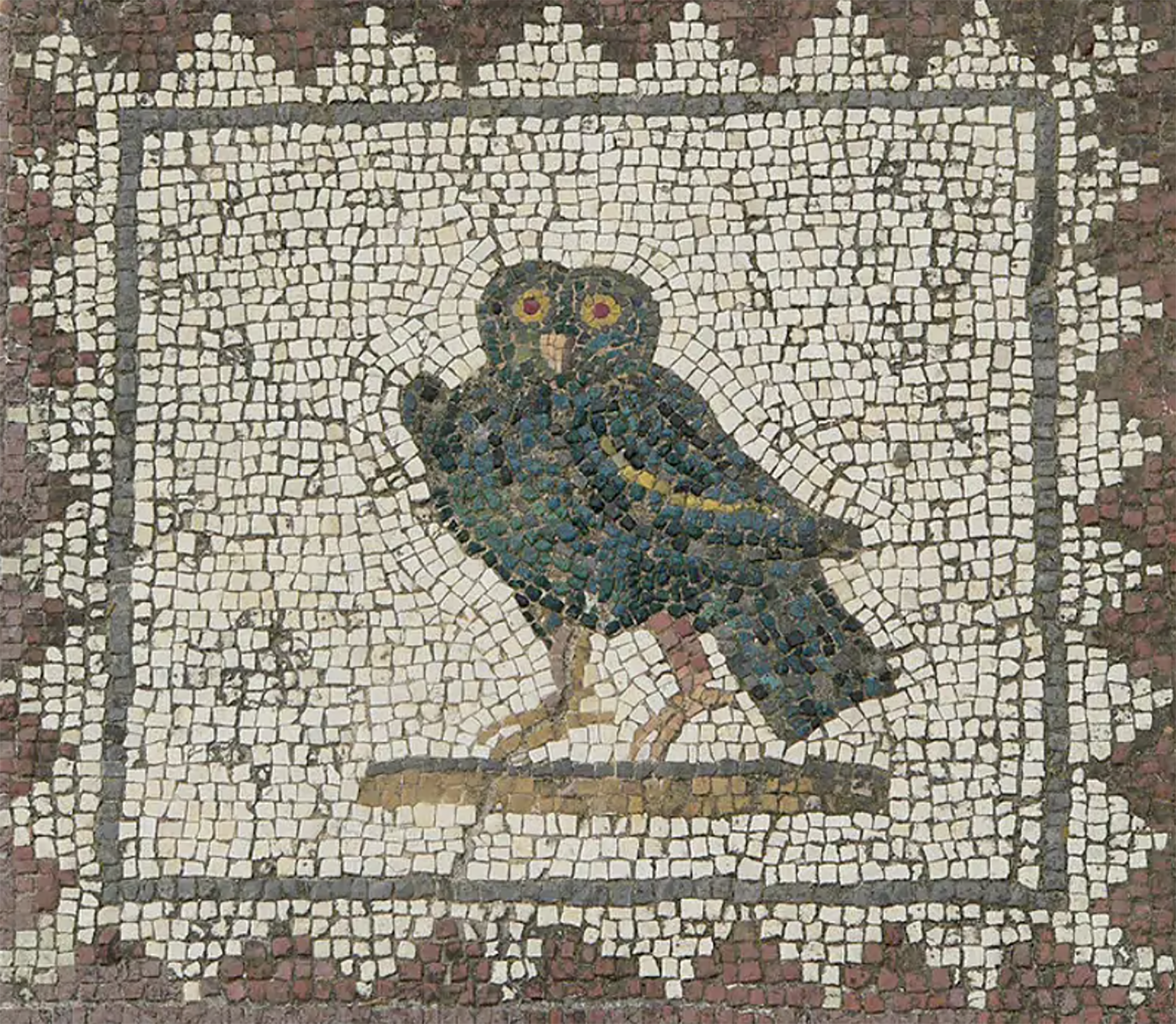Causes of destruction of art

London, 10 March 1914. Mary Raleigh Rochardson (1889-1961), suffragist and WSPU member, entered the National Gallery with a knife in the dress. When he reached the height of Diego Velázquez's famous Mirror Venus, he stabbed the canvas seven times until he was arrested by guards.
It wasn't the first or last attack of a work of art. In these cases the press often talks about vandalism, but it is not a correct word. Vandalism is the unjustified destruction of heritage, while behind these acts there is a religious, political, social reason, etc. It's called iconolasia.
This concept has historically been mainly associated with religion. In ancient Egypt, Pharaoh Aegon destroyed the images of the god Amon to establish the worship of the god Athon. Also, after the end of Aquenathon's mandate, an attempt was made to destroy the legacy left by the old Pharaoh to restore the old order, but it was not entirely achieved because some works of his time lasted, such as the bust of Nefertiti, wife of Aquenathon.
What the suffragettes did 110 years ago represented a change in the Iconoclast action. Until then, the goal was to destroy the works of art themselves, and what they represented. And the press of the time also interpreted the attack on the painting.
Probably the most well-known religious iconoclasm in history was an offensive against the 7th century Christian images of Bizantzio, but Christians, Catholics and Protestants would continue to push actions to destroy religious images.
Political reasons have also driven iconocllasia. In France, after the revolution of 1789, with the intention of eliminating the symbols of the Old Regime, it was thought to build a machine to destroy the Gothic churches in 24 hours, although it was not finally done. And the states of the political leaders there and here are still being destroyed.
But what the suffragettes did 110 years ago was a change in the iconoclastic action. Until then, the goal was to destroy the works of art themselves, and what they represented. And the press of the time also interpreted the attack on the painting: it symbolized that the naked venus was considered an object by women and therefore wanted to destroy it. Richardson himself denied it, the box was not the goal, but the medium. The venus was stabbed by the cause of the suffragettes.
Attacks on well-known works of art in recent years have also been aimed at drawing attention. In October 2022, at the National Gallery in London itself, activists launched a soup to the play Van Goghen Eguzkilore, to protest inflation, without damaging the painting. And recently, environmentalist entrepreneurs have made umpteenth action against the Mona Lisa de Da Vinci, to which they have also thrown soup; entrepreneurs knew perfectly well that the soup was not going to touch the box because of its protective structure.
And yet many media outlets see it as vandalism. They forget or conceal, however, that the expolio, the black market and the speculation of works of art harm artistic heritage much more than those concrete acts.
Linear A is a Minoan script used 4,800-4,500 years ago. Recently, in the famous Knossos Palace in Crete, a special ivory object has been discovered, which was probably used as a ceremonial scepter. The object has two inscriptions; one on the handle is shorter and, like most of... [+]
Londres, 1944. Dorothy izeneko emakume bati argazkiak atera zizkioten Waterloo zubian soldatze lanak egiten ari zela. Dorothyri buruz izena beste daturik ez daukagu, baina duela hamar urte arte hori ere ez genekien. Argazki sorta 2015ean topatu zuen Christine Wall... [+]
Bilbo, 1954. Hiriko Alfer eta Gaizkileen Auzitegia homosexualen aurka jazartzen hasi zen, erregimen frankistak izen bereko legea (Ley de Vagos y Maleantes, 1933) espresuki horretarako egokitu ondoren. Frankismoak homosexualen aurka egiten zuen lehenago ere, eta 1970ean legea... [+]
Japonia, XV. mendea. Espioitzan eta hilketa ezkutuetan espezializatutako eliteko talde militarra sortu zen. Edo horixe uste du behintzat Stephen Turnbull historialari britainiarrak. Beste aditu batzuen ustez, askoz lehenago sortu ziren ninjak, duela 2.300-2.500 urte inguru. Eta... [+]
Eskultura grekoerromatarrek bere garaian zuten itxurak ez du zerikusirik gaurkoarekin. Erabilitako materiala ez zuten bistan uzten. Orain badakigu kolore biziz margotzen zituztela eta jantziak eta apaingarriak ere eransten zizkietela. Bada, Cecilie Brøns Harvard... [+]
Chão de Lamas-eko zilarrezko objektu sorta 1913an topatu zuten Coimbran (Portugal). Objektu horien artean zeltiar jatorriko zilarrezko bi ilargi zeuden. Bi ilargiak apaingarri hutsak zirela uste izan dute orain arte. Baina, berriki, adituek ilargietan egin zituzten motibo... [+]
Hertfordshire (Ingalaterra), 1543. Henrike VIII.a erregearen eta Ana Bolenaren alaba Elisabet hil omen zen Hatfield jauregian, 10 urte besterik ez zituela, sukarrak jota hainbat aste eman ondoren. Kat Ashley eta Thomas Parry zaintzaileek, izututa, irtenbide bitxia topatu omen... [+]
Luxorren, Erregeen Haranetik gertu, hilobi garrantzitsu baten sarrera eta pasabide nagusia aurkitu zituzten 2022an. Orain, alabastrozko objektu batean Tutmosis II.aren kartutxoa topatu dute (irudian). Horrek esan nahi du hilobi hori XVIII. dinastiako faraoiarena... [+]
AEB, 1900eko azaroaren 6a. William McKinley (1843-1901) bigarrenez aukeratu zuten AEBetako presidente. Berriki, Donald Trump ere bigarrenez presidente aukeratu ondoren, McKinleyrekiko miresmen garbia agertu du.
Horregatik, AEBetako mendirik altuenari ofizialki berriro... [+]
Urruña, 1750eko martxoaren 1a. Herriko hainbat emakumek kaleak hartu zituzten Frantziako Gobernuak ezarritako tabakoaren gaineko zergaren aurka protesta egiteko. Gobernuak matxinada itzaltzeko armada bidaltzea erabaki zuen, zehazki, Arloneko destakamentu bat. Militarrek... [+]
In the Maszycka cave in Poland, remains of 18,000 years ago were found at the end of the 19th century. But recently, human bones have been studied using new technologies and found clear signs of cannibalism.
This is not the first time that a study has reached this conclusion,... [+]
Porzheim, Germany, February 23, 1945. About eight o’clock in the evening, Allied planes began bombing the city with incendiary bombs. The attack caused a terrible massacre in a short time. But what happened in Pforzheim was overshadowed by the Allied bombing of Dresden a few... [+]
Judea, 2nd century AD. In the turbulent atmosphere of the Roman province, a trial was held against Gaddaliah and Saul, accused of fraud and tax evasion. The trial was reported on a 133-line paper in Greek (pictured). Thinking that it was a Nabataean document, the papyrus was... [+]
Poloniar ikerlari talde batek Sevillako Italica aztarnategiko Txorien Etxea aztertu du, eta eraikinaren zoruko mosaikoak erromatar garaiko hegazti-bilduma xeheena dela ondorioztatu du.
Txorien etxean 33 hegazti daude mosaikoetan xehetasun handiz irudikatuta. Beste... [+]
Vietnam, February 7, 1965. The U.S. Air Force first used napalma against the civilian population. It was not the first time that gelatinous gasoline was used. It began to be launched with bombs during World War II and, in Vietnam itself, it was used during the Indochina War in... [+]

























